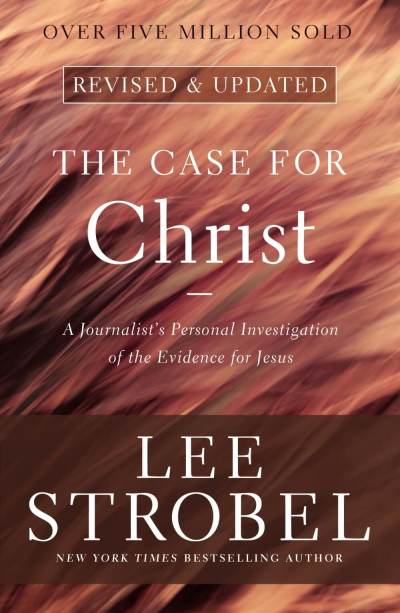Has the Bible Been Diluted by Copies of Copies of Copies? Christian Apologist Lee Strobel Answers

How can anyone have confidence in the Bible's New Testament when it's based on copies of copies of copies? Former legal journalist Lee Strobel shared this common concern when he was an atheist investigating the Bible and hoping that the evidence for the veracity of the Bible would not add up.
During a recent interview with The Christian Post, Christian apologist Lee Strobel shared that he had been an atheist since his teens, and after he married his wife, Leslie, her subsequent conversion to Christianity prompted him to verify claims in the Bible, as well as the authenticity of the ancient copies from which it came. So he consulted a leading theologian to learn about the empirical evidence used to authenticate ancient replicas of the New Testament.
The result is his newly revised book, The Case for Christ, in which Strobel questions New Testament expert Dr. Bruce Metzger about the authenticity of the Gospels.

"I'll be honest with you," says Strobel. "When I first found out that there are no surviving originals of the New Testament, I was really skeptical. I thought, 'If all we have are copies of copies of copies, how can I have any confidence that the New Testament we have today bears any resemblance whatsoever to what was originally written?'"
Copies of Copies of Copies
In the book, Dr. Metzger explains to Strobel that his question isn't one that's exlusive to the Bible. All ancient texts bear the same burden of proof. " ... It's a question we can ask of other documents that have come down to us from antiquity."
But having multiple copies of an ancient text can be a good thing. The theologian explains that the New Testament has an "unprecedented multiplicity of copies that have survived. The more often you have copies that agree with each other, especially if they emerge from different geographical areas, the more you can cross-check them to figure out what the original document was like."
How Age Authenticates New Testament Documents
Age is more than just a number when it comes to ancient items. It's another way to prove authenticity. Strobel probes Dr. Metzger about the age of New Testament documents.
"What about the age of the documents," he asks. "Certaintly that's important as well, isn't it?"
The expert explains that the age of New Testament documents is another aspect that works in its favor, saying that there are copies that date back to only a couple of generations from the writing of the originals. This isn't the case, however, for other ancient texts where five to 10 centuries passed between the writing of the original and the earliest surviving copy.
Metzger says that there is also more evidence that confirms the age and content of the Gospels: Greek manuscripts. "In addition to Greek manuscripts, we also have translations of the gospels into other languages at a relatively early time — into Latin, Syriac, and Coptic," he says in the book.
He adds that there are secondary translations as well, including Armenian, Gothic, Georgian, and Ethiopic that were all made somewhat later. Metzger says that even if they lacked Greek manuscripts today, information from the other translations could be pieced together and enable them to reproduce the contents of the New Testament.
The theologian goes a step further saying, "Even if we lost all the Greek manuscripts and the early translations, we could still reproduce the contents of the New Testament from the multiplicity of quotations in commentaries, sermons, letters, and so forth of the early church fathers."
That said, Strobel accepts the veracity of the ancient New Testament in that the words of the fathers of the early church established a creed for the Christian faith.
Strobel tells The Chrisian Post, "We have preserved for us a creed of the earliest church in 1 Corinthians 15:3. This creed summarizes the essence of Christianity — that Jesus died for our sins, He was buried, He rose again, and then it mentions specific names of eyewitnesses and groups to whom He appeared."
"This creed of the earliest church has been dated back by scholars to within months of the death of Jesus. One of the great scholars in this area, James G. D. Dunn, said that this creed — we can be entirely confident — was formulated within months of Jesus' death."
He adds, "So this idea that Jesus died for our sins, that He rose from the dead, and thus proved that He is the son of God was not a legend that developed many years later, but it goes right back virtually to the scene of His death, and I think that is historical gold. That's like a news flash from ancient history that's extremely persuasive because it is unlikely to have been tainted by legend."





















